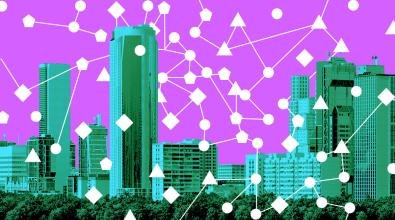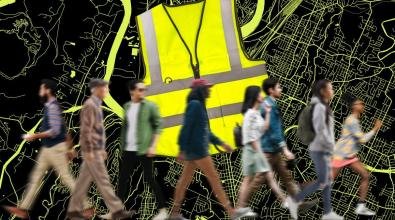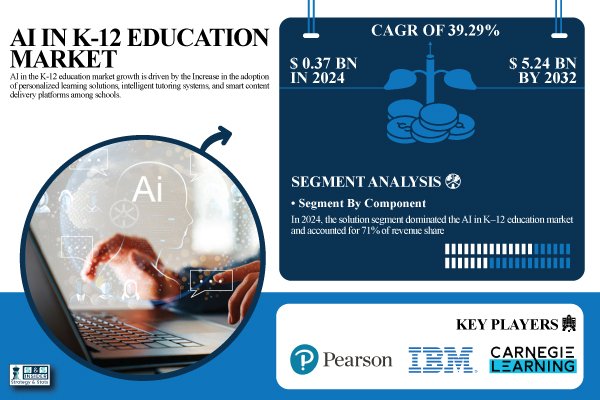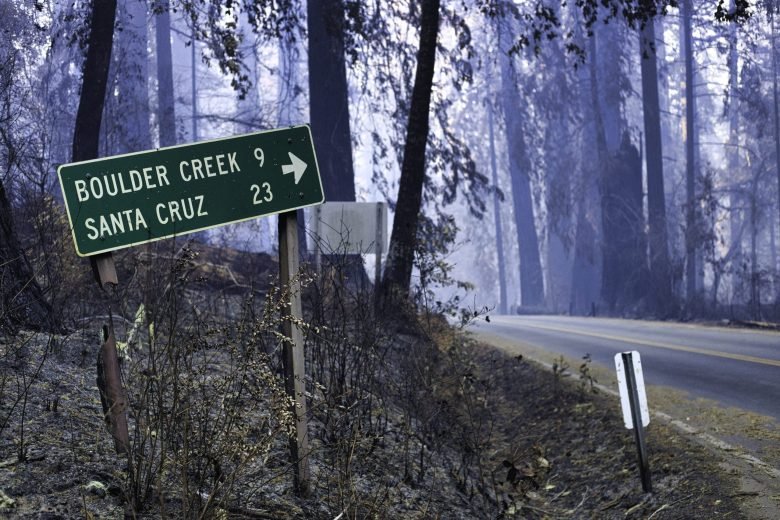Austin, Sept. 04, 2025 (GLOBE NEWSWIRE) — The AI in K-12 Education Market size was valued at USD 0.37 billion in 2024 and is projected to reach USD 5.24 billion by 2032, expanding at a CAGR of 39.29% over 2025-2032.
Growth is driven by the increasing adoption of AI-powered learning tools, personalized education platforms, and intelligent tutoring systems that enhance student engagement and learning outcomes. Schools are leveraging AI for real-time performance tracking, adaptive assessments, and administrative automation. Additionally, rising digital literacy, government initiatives promoting EdTech, and the integration of AI in online and hybrid learning environments are accelerating market expansion across the K-12 education segment globally.
Download PDF Sample of AI in K-12 Education Market @ https://www.snsinsider.com/sample-request/8071
In the U.S., the AI in K-12 Education Market was valued at USD 0.11 billion in 2024 and is projected to reach USD 1.51 billion by 2032, growing at a CAGR of 39.05%. Growth is driven by rising EdTech investments, adoption of AI tutors, personalized learning solutions, and classroom analytics that enhance student engagement, learning outcomes, and operational efficiency in schools.
Key Players:
- IBM
- Google (Google for Education)
- Microsoft (Microsoft Education, Azure AI)
- Amazon Web Services (AWS Education AI)
- Carnegie Learning
- Pearson
- DreamBox Learning
- Knewton
- Century Tech
- Nuance Communications
- Blackboard
- Knewton Alta (by Wiley)
- Cognii
- Querium
- Squirrel AI
- Jenzabar
- Duolingo
- Khan Academy
- Altitude Learning
- Osmo (by BYJU’S)
AI in K-12 Education Market Report Scope:
| Report Attributes | Details |
| Market Size in 2024 | USD 0.37 Billion |
| Market Size by 2032 | USD 5.24 Billion |
| CAGR | CAGR of 39.29% From 2025 to 2032 |
| Base Year | 2024 |
| Forecast Period | 2025-2032 |
| Historical Data | 2021-2023 |
| Report Scope & Coverage | Market Size, Segments Analysis, Competitive Landscape, Regional Analysis, DROC & SWOT Analysis, Forecast Outlook |
| Key Segments | • By Component (Solution, Services) • By Deployment (Cloud, On-premises) • By Technology (Natural Language Processing (NLP), Machine Learning) • By Application (Learning Platform & Virtual Facilitators, Intelligent Tutoring System (ITS), Smart Content, Fraud and Risk Management, Others — Administrative automation, Special education support tools) |
| Customization Scope | Available upon request |
| Pricing | Available upon request |
If You Need Any Customization on AI in K-12 Education Market Report, Inquire Now @ https://www.snsinsider.com/enquiry/8071
By Component, Solution Segment Leads AI in K–12 Education Market in 2024 with 71% Revenue Share
In 2024, the solution segment dominated the AI in K–12 Education Market, capturing 71% of revenue. Its leadership is fueled by extensive deployment of AI-enabled platforms, including intelligent tutoring systems, adaptive learning tools, and learning management systems (LMS). Continuous investment in digital curriculum and AI-based learning platforms ensures the solution segment remains the primary driver of market growth, supporting enhanced student engagement and personalized learning experiences.
By Deployment, Cloud Segment Leads AI in K–12 Education Market in 2024 with 69% Share
In 2024, the cloud segment dominated the AI in K–12 Education Market, capturing 69% of the share. Its leadership is driven by scalability, cost efficiency, and easy access across devices. The growing demand for centralized AI-integrated learning platforms and cloud-based learning management systems (LMS) further strengthens the cloud segment’s role in transforming digital education and enhancing personalized learning experiences.
By Technology, Machine Learning Segment Leads AI in K–12 Education Market in 2024
In 2024, the machine learning segment dominated the AI in K–12 Education Market with a significant revenue share. Its leadership is driven by extensive applications in adaptive learning, predictive analytics, and student performance tracking. The growing personalization of algorithms and automation of student progress monitoring reinforce machine learning’s central role in enhancing learning outcomes and educational efficiency.
By Application, Learning Platform & Virtual Facilitators Segment Leads AI in K–12 Education Market in 2024
In 2024, the learning platform & virtual facilitators segment dominated the AI in K–12 Education Market, capturing a major revenue share. Its growth is driven by widespread adoption of virtual assistants, learning management systems (LMS), and remote teaching platforms. The increasing use of hybrid learning environments and virtual classroom support tools further reinforces this segment’s position as the primary contributor to market expansion.
North America Leads AI in K–12 Education Market in 2024, Asia Pacific is Projected to Record the Fastest CAGR
In 2024, North America dominated the AI in K–12 Education Market, holding the highest revenue share. The region’s leadership is fueled by early adoption of EdTech solutions, strong funding support, high digital literacy, and widespread integration of AI-driven curricula across schools, establishing it as a benchmark in educational technology deployment.
The Asia Pacific region is expected to achieve the fastest growth in the AI in K–12 Education Market. Expansion is driven by government-led digital education programs, rising private sector investments, and increasing student populations. Countries including India, China, and Indonesia are adopting AI-powered, inclusive, and scalable education models, fueling rapid market adoption and digital transformation across the region.
Buy Full Research Report on AI in K-12 Education Market 2025-2032 @ https://www.snsinsider.com/checkout/8071
Exclusive Sections of the Report (The USPs) – Check Section 5
- USP 1 – AI Adoption & Readiness by Region and School Type
Helps clients identify regions and school segments with the highest potential for AI-based learning tools deployment.
- USP 2 – Curriculum Enhancement & Personalized Learning Insights
Provides guidance on how AI can tailor learning paths, adaptive assessments, and student engagement strategies.
- USP 3 – Teacher Productivity & Classroom Automation Analysis
Shows clients how AI solutions can automate grading, administrative tasks, and performance tracking to free teacher bandwidth.
- USP 4 – Student Performance & Learning Outcome Analytics
Offers insights into improving student outcomes through predictive analytics, skill-gap detection, and learning trend analysis.
- USP 5 – EdTech Integration & Platform Compatibility Assessment
Helps clients integrate AI tools with existing LMS, e-learning platforms, and digital classrooms for seamless adoption.
- USP 6 – Regulatory & Data Privacy Compliance (FERPA, GDPR, COPPA)
Ensures AI tools meet data privacy and safety regulations for children, minimizing legal and reputational risks.
- USP 7 – Future Trends & Innovation Roadmap
Prepares clients for emerging applications such as AI tutors, gamified learning, AR/VR classrooms, and real-time feedback systems.
About Us:
SNS Insider is one of the leading market research and consulting agencies that dominates the market research industry globally. Our company’s aim is to give clients the knowledge they require in order to function in changing circumstances. In order to give you current, accurate market data, consumer insights, and opinions so that you can make decisions with confidence, we employ a variety of techniques, including surveys, video talks, and focus groups around the world.






.jpg)






















